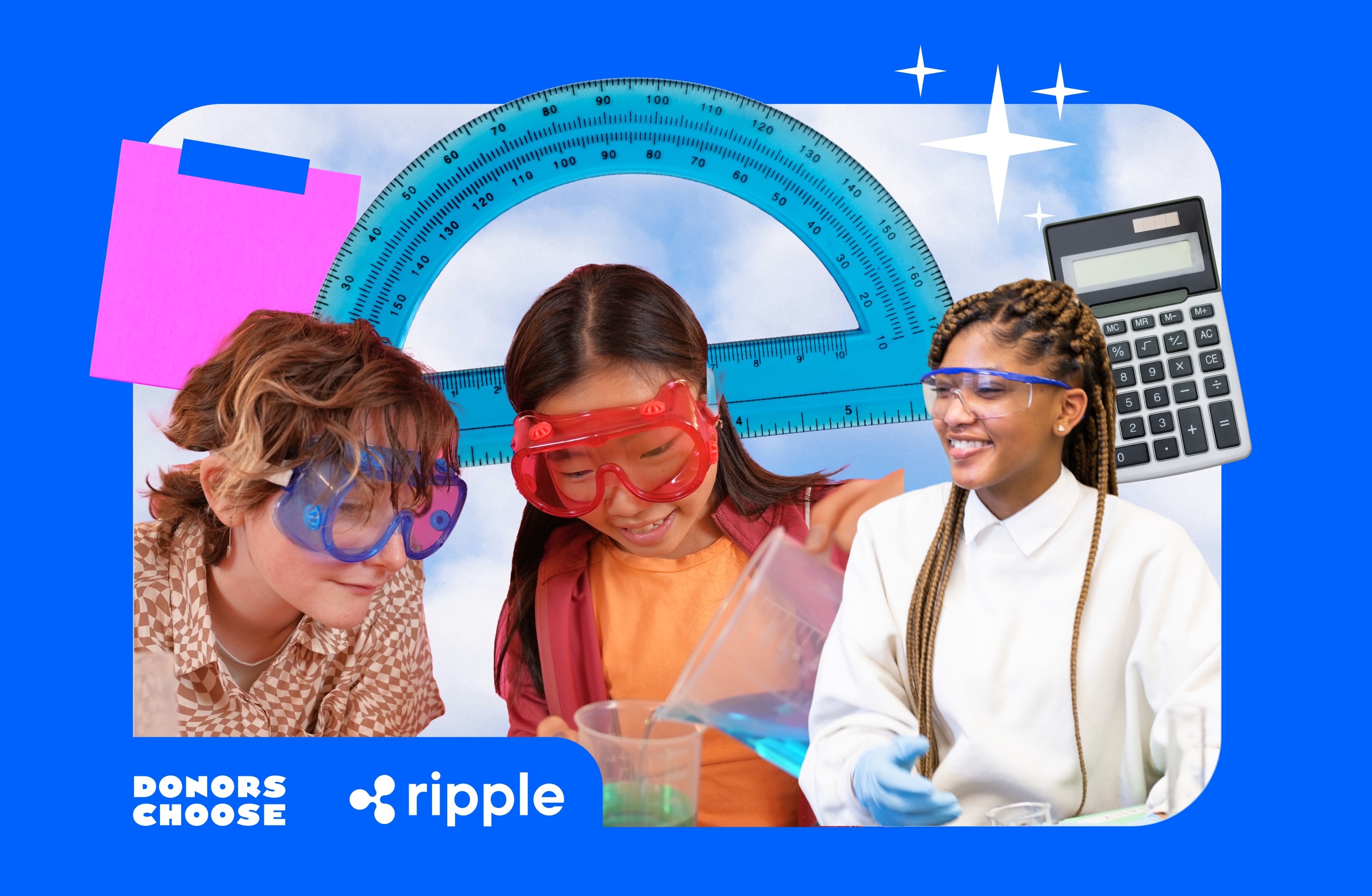As a Science, Technology, Engineering, and Math (STEM) educator with a focus on video game design, I believe we need to redefine, to reimagine, what we mean by STEM education – and it’s my mission to give younger generations of marginalized students the necessary tools they need to navigate the obstacles and discrimination they encounter.
I was a young girl in Mississippi when a teacher first made me aware that I would face obstacles because of my identity. I told him that my dream was to work for Disney. “Ms. Wallace” he cautioned, “Black people don’t work at Disney…” Harsh as it sounded, I recognized that this respected Black man was giving me advice born of generations of finding our path in society where the deck was stacked against us. Thankfully, I found my way around those obstacles and into the classroom, where I practice — and preach — three ways to enhance inclusivity in STEM classrooms.
Building on a Legacy of Black American Educators
American history has frequently overlooked the substantial contributions of Black Americans within STEM fields. Building upon the legacy of STEM evangelists George Washington Carver and Booker T. Washington, the ethos of most Historically Black Colleges and Universities (HBCUs) incorporates STEM education at its core. These institutions are designed for practical problem-solving, addressing real-world issues that resonate within the Black American community. This approach encompasses a broad spectrum, including mechanics, agriculture, and engineering, reflecting a commitment to addressing the pressing challenges that matter in the lived experiences of Black Americans.
- Define STEM as a Problem-Based Learning (PBL) approach to solving real-world challenges. STEM is everything. It’s not memorizing individual academic subjects for testing. STEM encourages students to employ a full range of skills in hands-on ways. Before I returned to Jackson to teach, I studied 3D modeling, interactive media, web and design, and worked as a User Experience and Game designer. I bring all that to my STEM classes.
- Help students find a real-world, local issue in their community that needs fixing. That will show them there is real value in what they can visualize and create, and ensure students are truly engaged. We’ve done that by participating in Samsung Solve for Tomorrow competitions, creating solutions to failing water supply infrastructure and food insecurity, and tackling green spaces in our local community. I’m proud to share that my students’ solutions have received both State Winner and National Finalist recognition.
- Representation matters. Students who see people who look like themselves in positions of trust and authority can envision their own career prospects more easily. Stung as I was by having my Disney dreams discouraged, I still had the examples of success through my educator mother – along with unsung STEM heroes Dr. Carver, Dr. Washington, Benjamin Banneker, Garrett Morgan, Katherine Johnson, Dorothy Vaughan, Mary Jackson, and many more.
Resources also matter, especially in schools that experience systemic underfunding. That’s why I’m grateful for opportunities to supplement our school’s resources with technology from competitions like Solve for Tomorrow, and the generous support of contributors to DonorsChoose.
Now that I’m teaching in my home state of Mississippi after pursuing design studies at the Savannah College of Art and Design and gaining experience in web and UI design in Atlanta, I find renewed energy in supporting the aspirations of next-gen learners of color. In doing so, I not only uplift others but also honor my own dreams. As I glance in the mirror, I often find myself singing along to my favorite Disney song, "Reflection" from Mulan.







.jpg)

.png)






.png)
.jpg)
